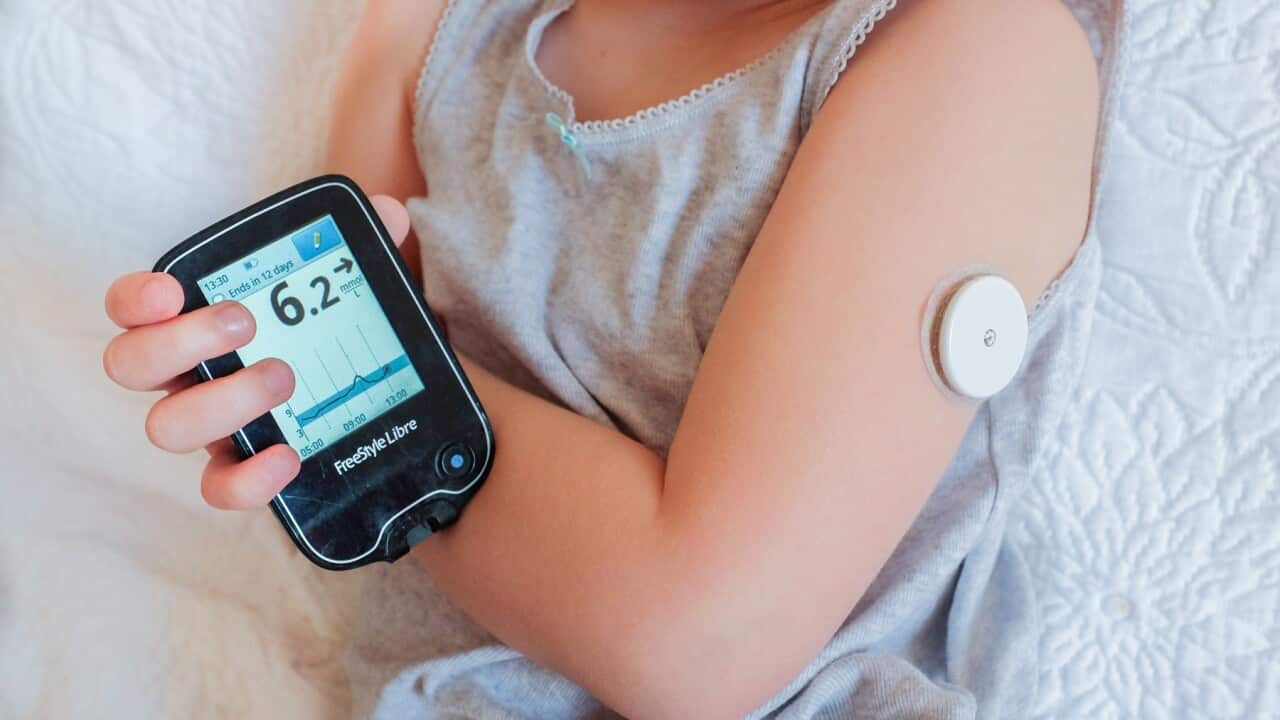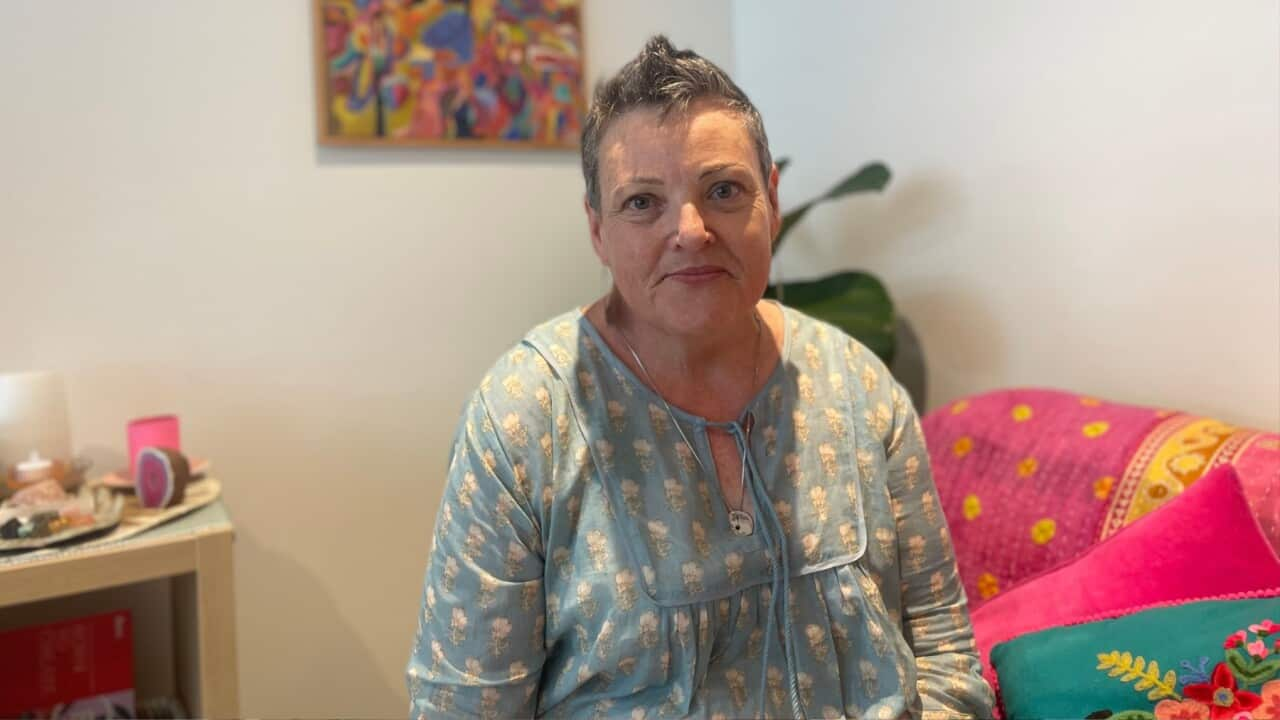TRANSCRIPT
Australia's National Diabetes Services Scheme says Continuous glucose monitoring - otherwise known as CGM - or flash glucose monitoring - Flash GM - provides more information than blood glucose monitoring with a finger prick check.
It can help diabetes patients keep their glucose levels in a healthy range.
The Australian Government provides access for eligible people - that includes anyone with type 1 diabetes - to subsidised CGM and Flash GM products through the NDSS.
The device is attached to a user's arm, and sends data to an app on a mobile phone.
But now some manufacturers are marketing their devices to the general public, saying all users can get real time information about how their bodies respond to different foods enabling them to enjoy sustainable weight loss and improve their general wellbeing.
Sarah Tan is the General Manager of the European division of the manufacturer of such a device called Lingo.
“LINGO is designed for an audience who are looking to optimise their health and wellness in the same way that people invest in gyms, personal trainers and nutritionists. The way it works is you have the bio-sensor on your arm. It transmits your glucose levels in real time to your smartphone, and then you get small tips and insights as to how you can make small changes to your everyday and create long lasting habits so that you can feel better have more energy, improved mood.”
In Australia, one firm is currently offering a CGM device and support program for $229, saying it can help support weight loss, fasting, energy levels, sleep and health optimisation.
Health conscious businesswoman and mother of two Claire Reach is already using a sensor in the UK.
She says she’s been trialling various monitors for the past two years.
“Knowing that there is type two diabetes in my family, knowing that there's dementia in my family, I don't want to have either of those things long term. So it’s what can I do now to improve my health now.”
The growth in popularity of the monitors among people without diabetes has accelerated in recent years.
Zoe, a company selling the monitors in the UK, says it had a wait list of 200,000 people who wanted to use the device in 2022 and currently there are more than 100,000 users.
In Australia, one company says it already has 4,000 users.
However, not everyone is convinced it's a good idea.
Some physicians specialising in internal medicine are concerned that people will use the monitors without paying attention to other important markers of wellbeing.
Dr Shivani Misra is a consultant at Imperial College London.
“By overly focusing on aspect of your metabolism, i.e. glucose. an individual might be neglecting of the other aspects of their metabolism and health. For example, blood pressure, cholesterol levels or weight or, there are so many other things that incorporate, you know how we feel about our health.”
For patients with blood sugar disorders, the experts say there are many benefits to the sensors, but caution that it’s not always as accurate as a finger prick check and it can take some people a while to get used to the technology.
It also requires that the sensor is worn permanently and that doesn’t suit everyone.
For people without a blood sugar disorder, doctors warn the data may be confusing.
Dr Izzy Smith, a Sydney-based endocrinologist, posted on Instagram that non-diabetics who purchase CGMs are probably unaware of the normal range for non-diabetic blood glucose levels and don't understand how glucose levels rise and fall as part of the body's natural processes.
In her Instagram post she says:
“A low GI diet, low in ultra-processed foods, is undeniably good for long-term health but do we really need a CGM to know an apple and water is usually healthier than a triple choc mint and soft drink? Feeding curiosity and learning which foods are low GI would be the main benefit.”













